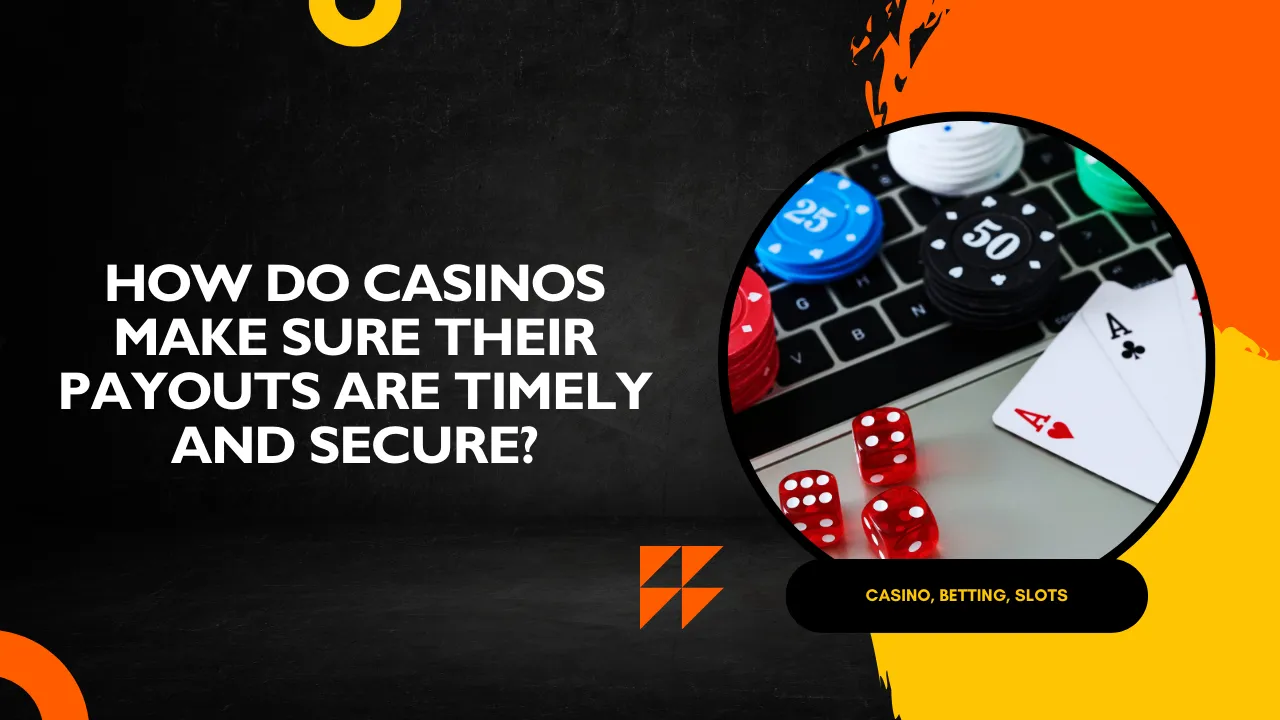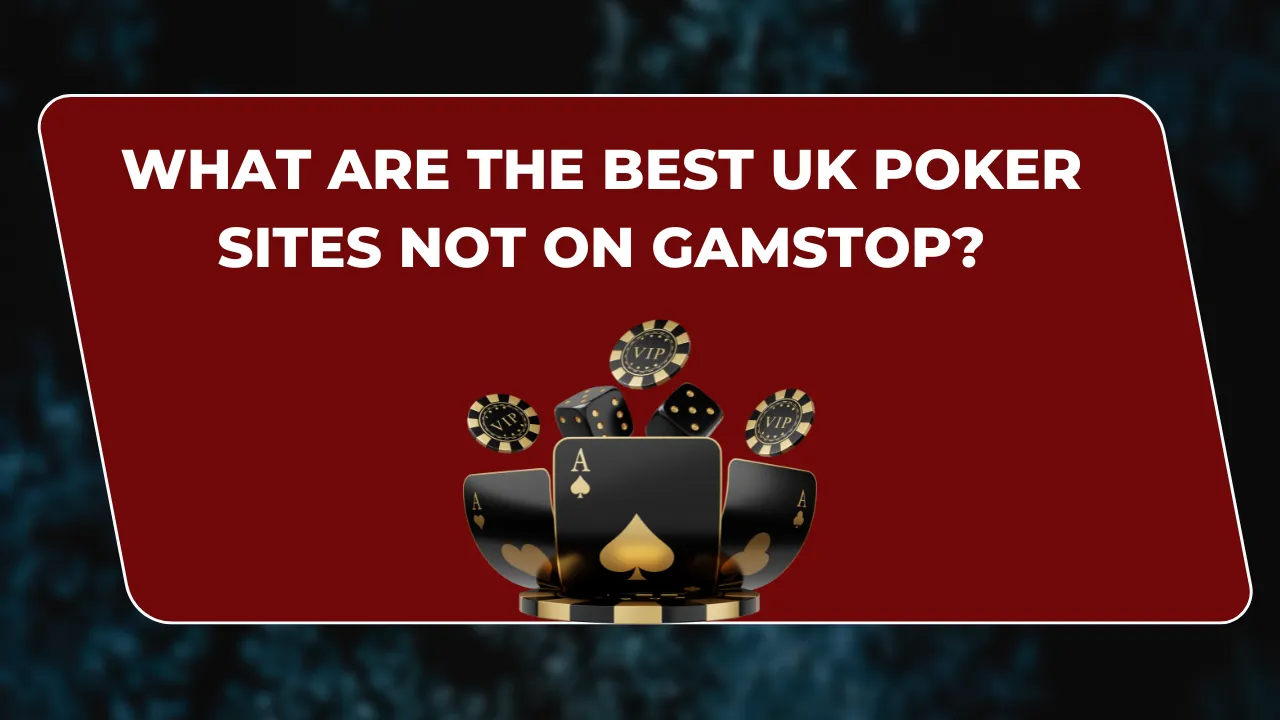Understanding why casino bonuses seemingly “shape-shift” in response to your stake size, session pattern, or even the volatility of the games you pick is one of the most useful pieces of knowledge a modern player can acquire. The age of flat, one-size-fits-all welcome packages is fading; in its place we have responsive promotional systems that monitor engagement signals and tune reward size, release pacing, wagering friction, and retention hooks. In this article I’ll break down the commercial logic, the risk controls, the maths operators quietly run in the background, and how you can evaluate whether chasing the next adaptive tier is really worth it.
What Does It Mean When a Bonus “Adapts”?
When a bonus adapts to player bets, the promotional engine is adjusting some combination of value (match %, free spin count, cashback rate), unlock conditions (minimum deposit, mission steps, wagering requirement), temporal pacing (drip release vs. instant), or conversion friction (wagering multiplier, max cashout) based on live or recent behavioral data. Your average bet size is one of the simplest yet most powerful features: it acts as a proxy for theoretical value, volatility tolerance, and margin impact. But it never works in isolation; bet sizing is blended with session duration, game diversity, quick shift patterns (e.g., hopping after losses), prior bonus ROI, fraud flags, and responsible play indicators.
In my consulting work I’ve watched systems re-score a player’s “entitlement curve” every few minutes. A transient spike in bet size (say you test a higher denomination for a handful of spins) usually doesn’t fully reprice your bonus. Sustained bet elevation, however, can move you to a higher reward band—or trigger a risk throttle if it looks like uncontrolled escalation.
The third paragraph is where I’ll fulfill your linking placement requirement: Certain environments—such as a non GamStop casino operating under alternative oversight—lean on adaptive logic both to personalize retention funnels and to discreetly enforce safer staking envelopes without blunt, one-size restrictions.
Core Reasons Bonuses Track and React to Bet Size
Economic Efficiency
Operators model Expected Promotional Cost per Unit of Net Gaming Revenue. If your bet size increases theoretical GGR, the system can justify a proportionally higher incentive—provided incremental promotional spend stays within a target ROI band. Conversely, if high bet bursts correlate with short sessions (a red churn signal), the engine may front-load a micro-reward to prolong engagement enough to re-establish normal betting rhythm.
Volatility Management
Average bet, combined with chosen game volatility, impacts variance exposure. Adaptive bonuses can smooth damaging variance runs via conditional cashback, loss pocket relief, or low-wager booster tokens. A player staking high on extremely volatile slots might see smaller headline match offers but more frequent incremental “stability” perks whose mathematical EV is tuned to keep bankroll endurance within safe thresholds.
Segmentation Precision
Traditional VIP ladders slice players by monthly deposit or turnover. Adaptive systems refine segmentation continuously: micro-shifts in stake size adjust your tier probability. Instead of waiting a month for promotion, you can see near-real-time adjustments—extra free spins, raised loyalty point multiplier, or relaxed wagering—arriving as your sustained bet pattern hits internal confidence thresholds.
Risk & Compliance
Rapid stake escalation can coincide with markers of harm. Rather than offering bigger bonuses, a responsible engine might simplify rewards (e.g., replacing a complex high wagering mission with clear, capped daily cashback) or reduce nudge frequency, subtly de-escalating risk. Adaptive throttling anchored to bet inflation helps align with affordability expectations, particularly in markets emphasizing consumer protection.
Promotional Budget Guardrails
Each cohort has a capped promotional liability. If aggregate stake levels spike across the cohort (raising theoretical entitlement), the system can selectively compress reward curves for marginal players to remain inside daily budget. Your visible adaptation (e.g., “Your next tier: 15 free spins” instead of 25) may reflect macro budget pressure rather than your personal performance.
How the Decision Layer Works (Simplified)
Data Ingestion
An event stream captures spin outcomes, bet amounts, timestamps, deposits, withdrawals, bonus acceptance/decline, and game metadata. Each event updates rolling aggregates: 15-minute moving average bet, session-length percentile, volatility-adjusted turnover, and bonus utilization efficiency (earned value ÷ theoretical cost).
Feature Engineering
The engine transforms raw figures into normalized features: Bet_Sustain_Index (stability of stake size), Escalation_Velocity (slope of bet growth), Variance_Drift (actual vs. expectation over recent spins), Bonus_Friction_Tolerance (propensity to clear high wagering offers), and Responsible_Risk_Score.
Policy Evaluation
A rules + model ensemble (often gradient boosted trees plus deterministic guardrails) outputs a recommended Entitlement State: value range, permissible wagering multiplier band, whether to unlock a mission or issue a passive reward, and whether to present upsell messaging at all.
Action & Feedback
The UI updates the bonus panel. Player response (accept, ignore, partial progress) loops back into model performance tracking, allowing real-time recalibration.
Real Examples of Bet-Driven Adaptation
Scenario 1: Sustainable Upscaler
Player A normally bets £0.60 per spin, shifts gradually to £1.00 over 300 spins. System flags high Bet_Sustain_Index, low escalation velocity, healthy bankroll endurance. Result: After next deposit the match % nudges from 50% to 70% but with a reduced cap, controlling liability while acknowledging higher theoretical value. Wagering requirement is trimmed from 35× to 30× to improve conversion probability.
Scenario 2: Volatile Burst
Player B oscillates between £0.20 and £5.00 rapidly over a short session. High Escalation_Velocity, low stability. Adaptive response: Instead of a high match, the system offers a structured “loss saver”—5% cashback on net losses for the session capped at £25—encouraging moderated play and limiting bonus abuse risk.
Scenario 3: Cooling Player
Player C’s average bet declines from £2.00 to £0.80 over successive sessions, plus longer gaps between logins. Adaptive design surfaces a low-friction reactivation: 15 free spins (medium volatility) no wagering on wins, conditional on a modest deposit—aimed at re-engaging without pushing stakes upward prematurely.
The Mathematics Behind Value Tuning
Operators approximate Expected Incremental Revenue (EIR) generated by presenting an adaptive offer tied to current bet behavior:
EIR ≈ (ΔRetention Probability × Future Theoretical GGR) – Promotional Cost – Risk Adjustment Penalty
Promotional cost includes face value and downstream costs (e.g., progressive jackpot liability variance). Risk adjustment penalizes offers likely to encourage harmful escalation (detected by affordability and escalation patterns). If EIR nets positive within tolerance, the system greenlights the higher tier. If not, it either freezes entitlements or rotates to a safer, clearer reward format.
Wagering Multiplier Elasticity
Higher average bets raise both clearance speed and absolute exposure. Adaptive logic may reduce wagering multipliers for players with high bet consistency to prevent overshooting session budget and to increase realized value (actual converted bonus ÷ credited bonus). Conversely, inconsistent betters may see increased granularity: small staged releases with micro wagering, each unlocking only if stable patterns persist.
Player-Focused Advantages (When Used Wisely)
Understanding this adaptation lets you evaluate offers through net convertible value rather than headline numbers. If your stake stability is high, look for operators that reward consistency with lower wagering friction. If you plan a bet size experiment, maintain it long enough to register as a stable pattern; random spikes rarely translate into lasting entitlement upgrades and can even flag volatility risk.
Track three simple metrics: (1) average bet per settled spin, (2) session variance (standard deviation of bet size), (3) realized bonus conversion rate. After each adaptive change, note whether wagering multiple shifts, not just the raw reward. Over time you’ll see which behavioral adjustments yield the best effective value.
Misconceptions About Bet-Based Adaptation
“Higher Bets Always Get Bigger Bonuses”
Not necessarily. High stakes plus volatility can deplete budget quicker, so systems sometimes pivot to protective or smaller but cleaner rewards. In a healthy ecosystem, adaptation aims for sustainability, not raw escalation.
“Adaptation Is Hidden Manipulation”
Transparent operators increasingly surface progress indicators (“You are 60% toward unlocking Tier 2: extra 10% cashback, wagering 10×”). Lack of transparency deserves scrutiny, but adaptation itself—when disclosed—is just responsive economics plus compliance.
“Dropping My Bet Kills Future Offers”
Strategic cooling can improve future offer quality if it signals controlled play rather than burn-out. Systems often reward stable medium stakes with the most efficient value curve (moderate matches + reduced wagering).
Responsible Play Layer
Bet adaptation is also a safety tool. Sudden bet inflation after losses can trigger soft friction: delayed offer refresh, cooled match percentages, or prompts to set a limit instead of an upsell. Ideally, the adaptive layer is bidirectional: it can enhance rewards when behavior is healthy and dial them back (or simplify) when markers emerge. Your best signal of a responsible operator is seeing supportive options—self-imposed stake caps, clear budgeting tools—surfaced at the same moment a potentially higher tier could be shown.
Strategic Tips to Leverage Adaptation (Without Overextending)
Stabilize Your Baseline
Decide a sustainable average bet per session. Consistency improves the system’s confidence, often translating into better wagering terms rather than just larger nominal amounts.
Log Offer Changes
Maintain a simple log: date, average bet, offer type, match %, wagering. Patterns appear quickly. If you see diminishing returns despite higher stakes, scale back; the entitlement curve may have flattened for risk reasons.
Chase Friction Reduction, Not Headline Size
A 40% match with 20× wagering may outrank a 100% match with 40× once you model expected clearance losses.
Know Your Exit Criteria
Define the marginal EV threshold: If incremental wagering needed to reach the next adaptive tier implies house edge losses greater than the net expected bonus value, stop. Sunk cost fallacy is the bane of adaptive ladders.
Operator Design Best Practices (Briefly)
An ethical system ties escalation to positive indicators (healthy session length, stable stake, absence of risk flags) and never uses adaptation to push erratic bettors higher. It also version-controls rule changes, so if an entitlement curve shifts, audit logs show why (budget constraint, regulator guidance, risk update). Publishing a simplified schema (“Stable bet pattern = lower wagering tiers”) builds trust and can actually improve retention by aligning player expectations.
Future Outlook
Expect convergence with predictive bankroll assistants: a panel estimating “If you maintain £1.20 average bet for another 150 spins, likely Tier 3 unlock: 12% dynamic cashback.” We’ll also see regulatory guidance codify algorithm auditability—operators may need to export machine-readable justifications for adaptive differential treatment. On the player side, third-party tracking overlays could benchmark bonus efficiency across sites, raising competitive pressure for transparent adaptation rather than opaque gamification.
Final Thoughts
Bonuses adapt to player bets because stake size is a fast, information-rich proxy for potential value, risk posture, and engagement trajectory. The same signal that could justify richer rewards can also justify protective simplification. Learn to read the adaptation: Is the system rewarding stability with lower friction, or merely dangling higher numbers with heavier wagering? Track your metrics, respect your predefined limits, and treat each adaptive tier as a data point—not a mandate. Mastering that mindset shifts the power balance back in your favor and turns adaptive mechanics from a mysterious black box into a tool you can exploit intelligently.




